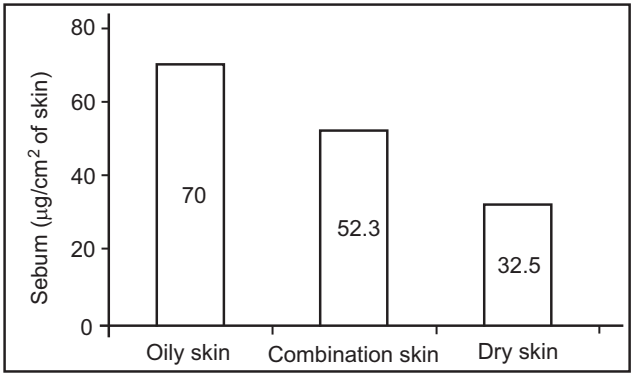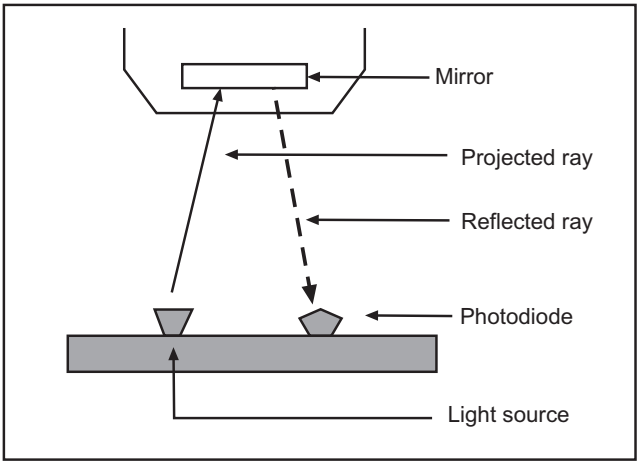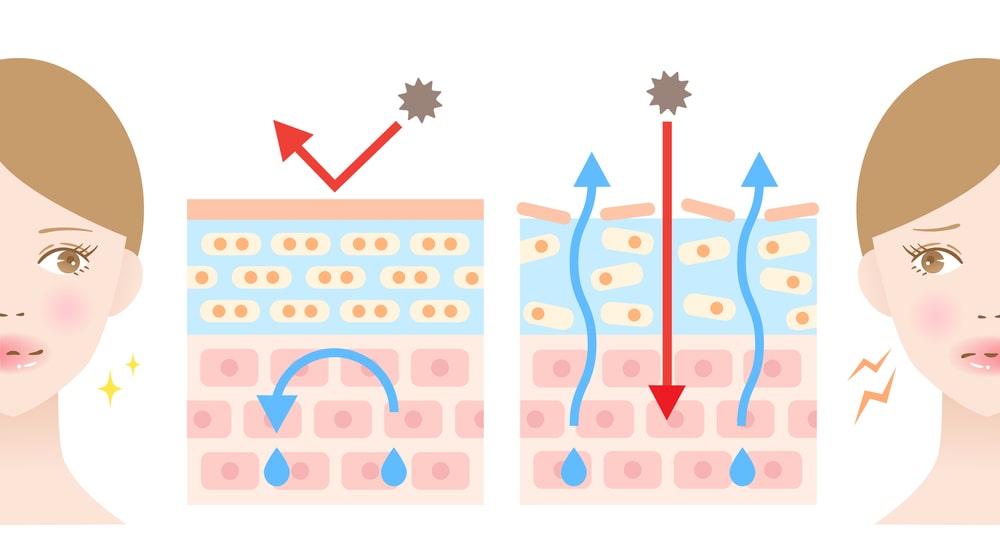The Physiological Role of Sebum for Skin and Scalp
Table of Contents
Sebum production has an important function in barrier protection and transepidermal water loss (TEWL). Human sebum produced by sebocytes is composed of triglycerides, saturated and unsaturated fatty acids, wax esters, sterol esters, cholesterol, cholesterol esters, and squalene. Epidermis keratinocytes produce ceramides, cholesterol, and free fatty acids. Once the triglycerides are hydrolyzed, they then release glycerol, which is an important factor that supports skin elasticity, hydration of the stratum corneum, and barrier repair. Sebum in hair lubricates both scalp and hair thus reducing its friction. It also brings dead skin cells in the follicle up to the surface. Sometimes due to hormonal changes, genetics, poor nutrition, or environmental stress, sebaceous glands may overproduce sebum. This can result in oily scalp and hair as well as acne and hair loss conditions.
Although oily hair scalp is considered a cosmetic problem and not a dermatological condition, the absence of adequate scalp care treatment to treat oily scalp disorder could lead to serious scalp pathology (dandruff, seborrheic dermatitis, alopecia). Clinical literature provides evidence that the occurrence of such pathologic skin conditions negatively impacts individuals’ quality of life. These pathologies provoke a deleterious psychosocial impact on human self-esteem and a healthy self-image. The oily appearance of the scalp is due to an accumulation of sebum on the scalp as a consequence of excess sebum excretion by sebaceous glands. The accumulated ‘sebum’ on the scalp surface is a mixture of sebum produced by sebaceous glands and lipids produced by keratinocytes. This epidermal lipid is very important to skin’s hydration. If this component is disturbed or stripped off through the use of harsh detergents, the skin’s permeability barrier may become compromised allowing excessive water loss, and as a result of this increase in transepidermal water loss, the skin and scalp will face dryness. The water contents of the stratum corneum of healthy skin must be greater than 10% and the skin’s lipidic component plays an essential role in maintaining a balanced ecosystem.
The skin surface of oily skin and scalp is often characterized by an abnormal lipid composition (decrease in ceramides and sphingolipids content). These abnormalities in lipid composition are linked to hyperkeratosis, barrier dysfunction, and weakness of the cell follicle membrane. Consequently, the weakness of the cell follicle membrane induces the release of digested lipids, which in turn, increase the amount of superficial sebum. Once excreted, the accumulated sebum is spread over the scalp surface and on the hair giving it an oily appearance.
The normal scalp has an abiotic commensal community (Staphylococcus spp., Propionibacterium spp., and Malassezia spp.). On the dandruff-afflicted scalp, the levels of Malassezia increase by 1.5 to 2 times their normal level. The presence of these microorganisms (Malassezia restrict, Malassezia furfur, and Malassezia globose) on the oily scalp provides an ideal medium (inflammatory, irritant) which leads to the development of dandruff and/or seborrheic dermatitis. The sebum is degraded by oxygen and microorganisms found on the scalp surface. Once degraded, the sebum becomes cytotoxic and irritant due to free fatty acid liberation, thus provoking reactive follicular hyperkeratosis and epidermis alteration marking the onset of scalp disease. To treat the metabolic origin of scalp disorder by limiting the excretion of sebum at the scalp surface via the modulation of the lipid metabolism process involved in the sebaceous gland and the epidermis various agents like panthenol triacetate, farnesol, and farnesyl acetate may be used.
Measurement of Sebum
Lipids are synthesized at a constant rate in sebaceous glands and secreted onto the skin surface an average of eight days after synthesis. As a result, measurement of the sebum content of a skin specimen of the known surface area should allow calculation of the sebum production rate which had been occurring in vivo. In a study on men, the average sebum production rate of the scalp is 1.45 mg./10 sq.cm./3 hr. Fig.1 shows the average values of sebum production from human skin.

The instrument used to measure sebum is sebumeter. The instrument is used to reproducibly and accurately determine the sebum level of the skin surface, as well as on the scalp and hair.
The Measuring Principle
The measurement is based on grease spot photometry. The mat tape of the Sebumeter is brought into contact with skin or hair. It becomes transparent about the sebum on the surface of the measurement area. Then the tape is inserted into the aperture of the device and the transparency is measured by a photocell. The light transmission represents the sebum content (Fig.2).

The Probe (Cartridge)
The measuring head of the cartridge exposes a 64 mm 2 measuring section of the mat tape. For measurement, the tape is moved forward by a trigger at the side of the cartridge to expose a new section of tape. The used tape is rewound inside the cartridge. One cassette can be used for approximately 400 measurements. The scale from 1-0 on the trigger shows how much of the tape is still unused. For hygiene reasons when exhausted, the cassette is simply replaced.
Advantages of Sebumeter
- The special tape only reacts to the skin sebum independent of the water content.
- It allows fairly quick and very easy measurements to avoid occlusion.
- A zero calibration before each measurement provides the highest accuracy.
- The probe is small and lightweight for easy handling and measurement on all body sites.
- The spring in the head of the cartridge ensures constant pressure on the skin enabling exact, reproducible measurements.
- The accuracy of the device can be easily checked at any time with a specific test tool with a known value.
Applications of Sebumeter
- It is used in dermatological basic research.
- It is important for claim support and efficacy testing of all kinds of cosmetic and pharmaceutical products (especially cleansers, anti-acne products, shampoos, and hair care products for oily skin).
Make sure you also check our other amazing Article on : Ideal Properties of a Shampoo
